How SpaceX's Falcon Heavy could enable fantastic science in the outer solar system
Easing access to Uranus, Neptune, Pluto and beyond.
February 2018 saw the successful launch of SpaceX’s Falcon Heavy, making it the most powerful rocket in operation. It is capable of launching more than 2x the payload to Low-Earth Orbit than the next best which is ULA’s Delta IV Heavy.
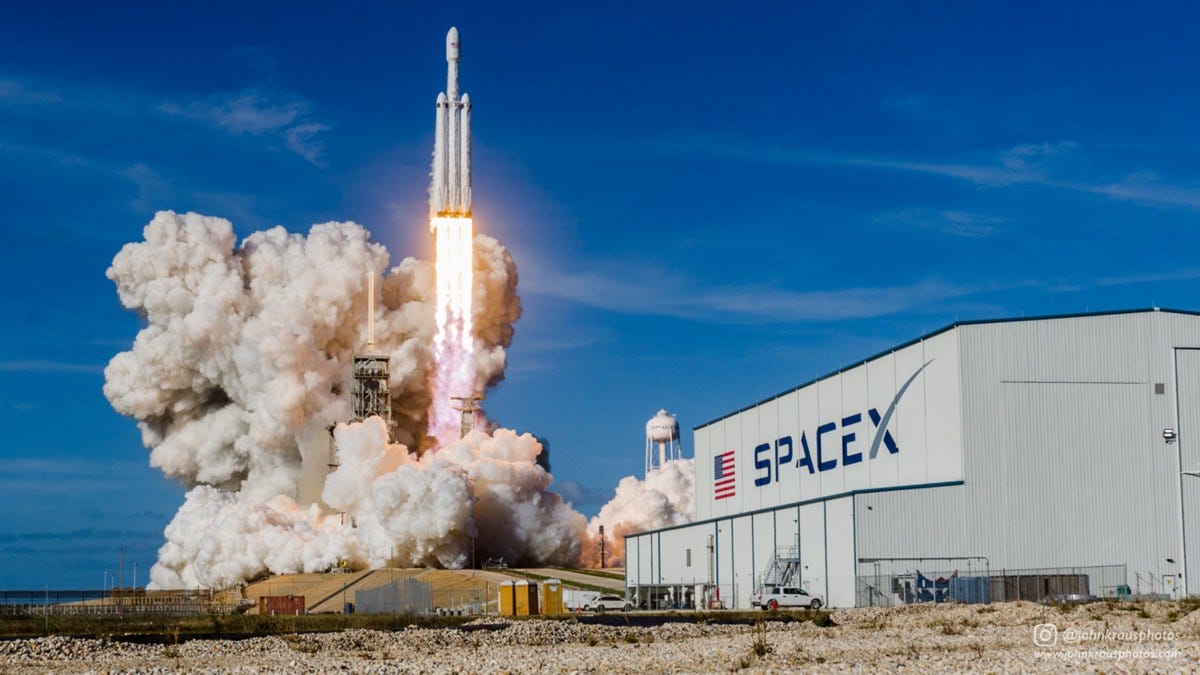
Here are some numbers to give you an idea of some of the most powerful rockets we have in operation:
Maximum payload to Low-Earth Orbit:
1. Falcon Heavy (SpaceX) = 63,800 kg
2. Delta IV Heavy (ULA) = 28,790 kg
3. Long March 5 (China) = 25,000 kg
4. Falcon 9 Full Thrust (SpaceX) = 22,800 kgThe higher payload capabilities of the Falcon Heavy unlocks various space exploration possibilities that didn’t exist for a long time since the Apollo era. The primary goals with the Falcon Heavy maybe going to the Moon and Mars but the scientist in me is even more excited for the wide variety of science potential from the rocket.
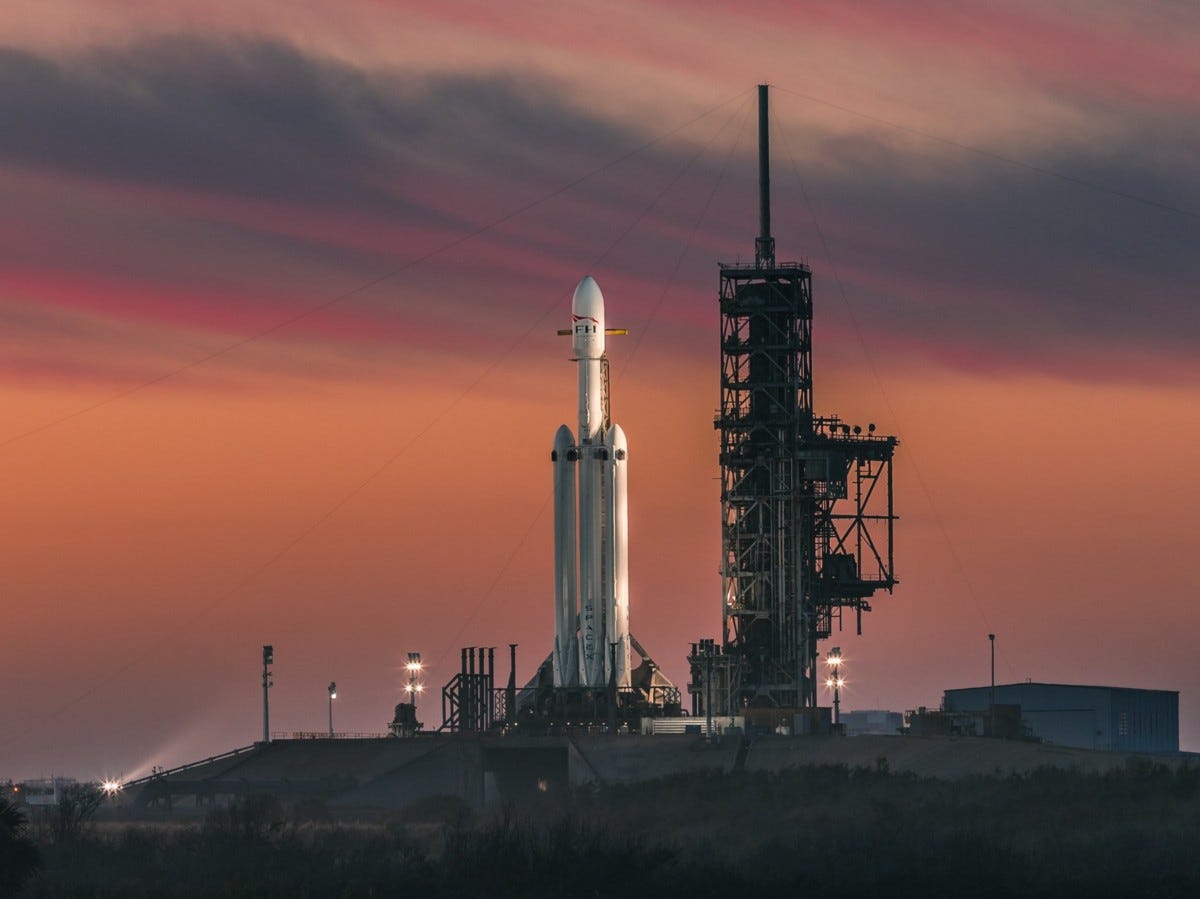
A Pluto orbiter and a flyby of Eris
In 2015, NASA’s New Horizons spacecraft gave us the very first high-resolution shots of Pluto and its moon Charon. Before it, no other spacecraft had ever been to Pluto.
Pluto was revealed to be a geologically active world, with vast plains made up of nitrogen ice, a hazy multi-layered atmosphere and mountains as tall as 3 km. There is even some evidence that Pluto hides beneath its surface a vast liquid water ocean.
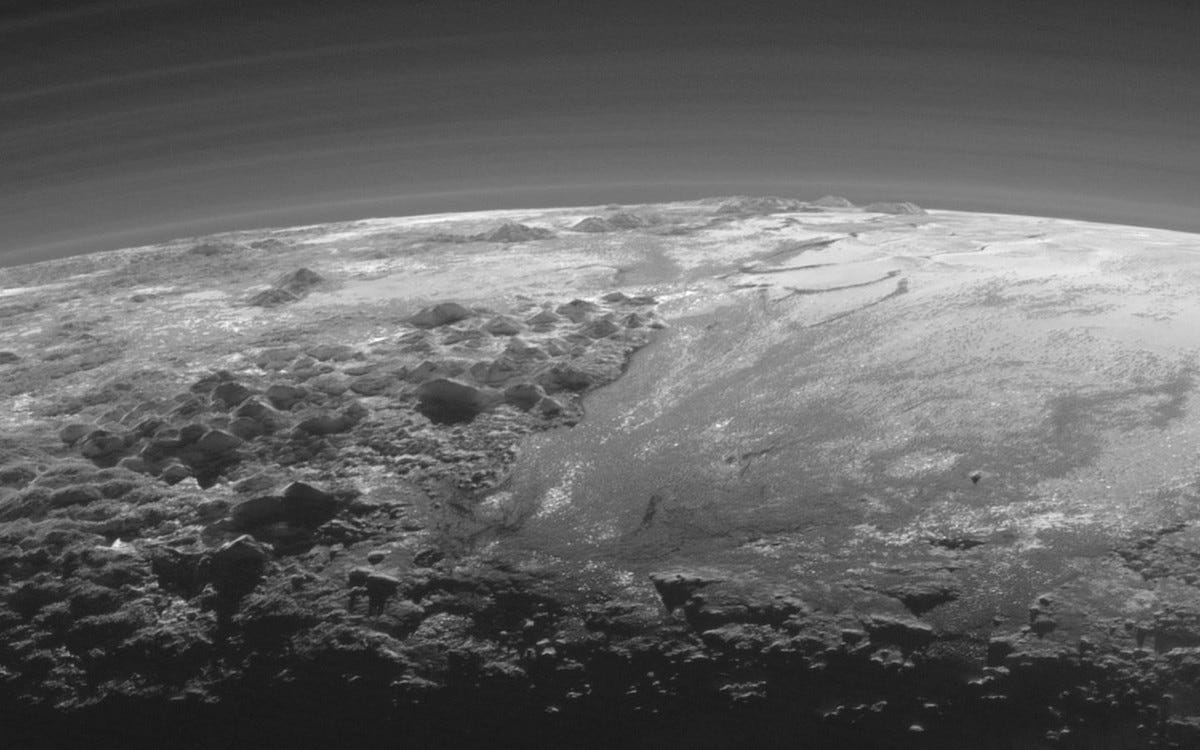
Sadly, New Horizons was a flyby mission that left us with more questions than answers. It wasn’t an orbiter that can continue to send juicy science data from the plutonian system. There are reasons why we haven’t put an orbiter around Pluto yet, one of which has to do with the limitation of the rockets available.
New Horizons weighed 478 kg and was launched on ULA’s Atlas V rocket which is capable of carrying less than 1,000 kg to Pluto. The spacecraft thus couldn’t carry enough fuel that can be used to slow down and get captured in orbit upon reaching Pluto. The Falcon Heavy solves this limitation.
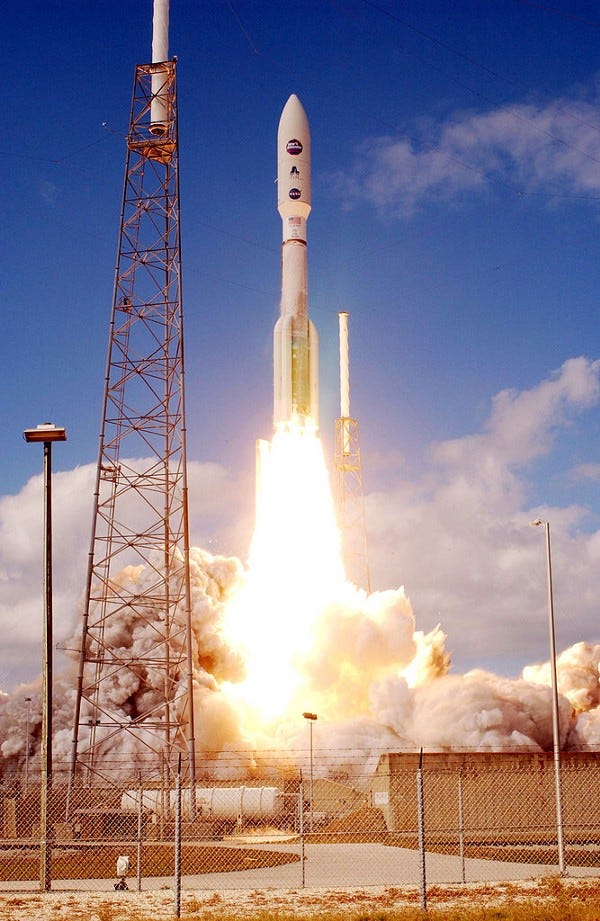
The Falcon Heavy can carry a spacecraft up to 3,500 kg to Pluto. Even if we assume minimal changes to the New Horizons spacecraft, there is more than enough room to carry extra fuel for orbital capture.
Launching even a minimally modified New Horizons-like orbiter to Pluto onboard a Falcon Heavy will give us higher resolution imagery, multiple close passes to Pluto’s moons (including the largest Charon), long term planetary changes and all in all fantastic science.
The Falcon Heavy can also send a flyby mission to the next dwarf planet Eris which is twice as far as Pluto is from the Sun.
Orbiting the ice giants — Uranus and Neptune
It is somewhat of a sad fact that we’ve had orbiters around the gas giants Jupiter & Saturn, but only sent flyby missions to the ice giants Uranus and Neptune. There are a lot of things to know about the ice giants.
Uranus’ weird tilt and a tumbling magnetic field are just some of the mysteries surrounding the planet.
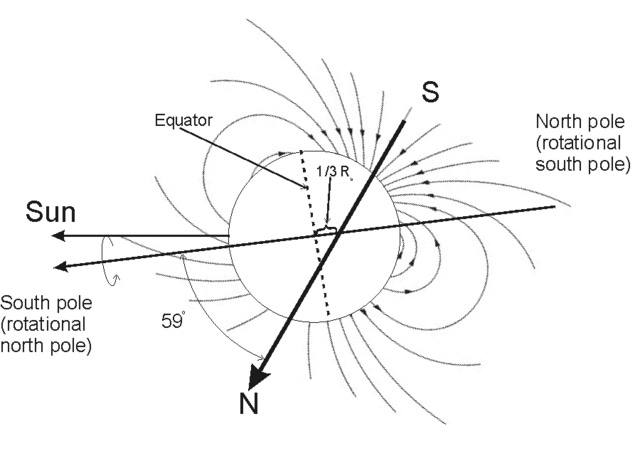
Neptune on the other hand has mysteries like incomplete ring structure and surprising storms. And its largest moon Triton erupts icy material from its cryovolcanoes.
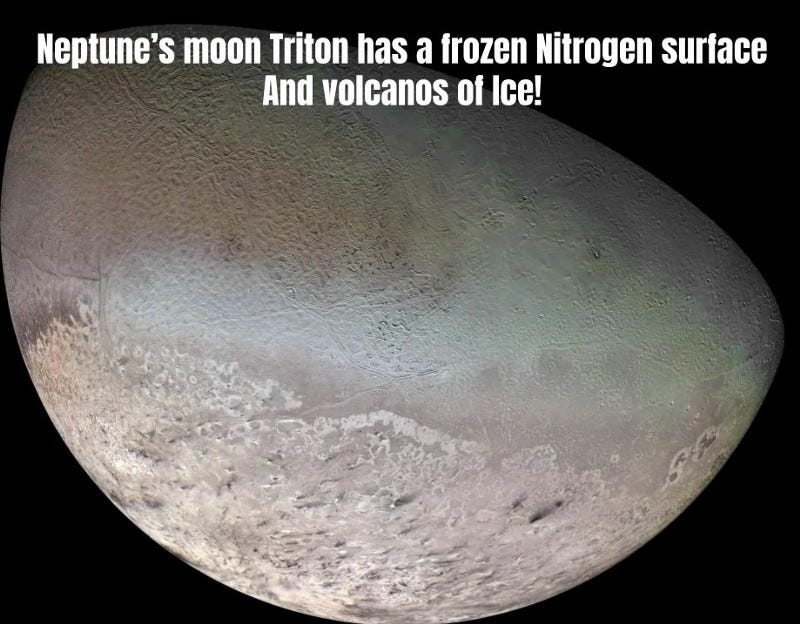
Just like the case of a Pluto, the Falcon Heavy can send orbiters to Uranus and Neptune to meticulously study these outer solar system worlds. Their relatively lesser distance compared to Pluto means that the orbiters can have higher quality instruments for the same price.
The fruitfulness of studying ice giants like Uranus/Neptune goes beyond understanding them and their role in the solar system. Have a look at this graph showing the number of exoplanets discovered by type.
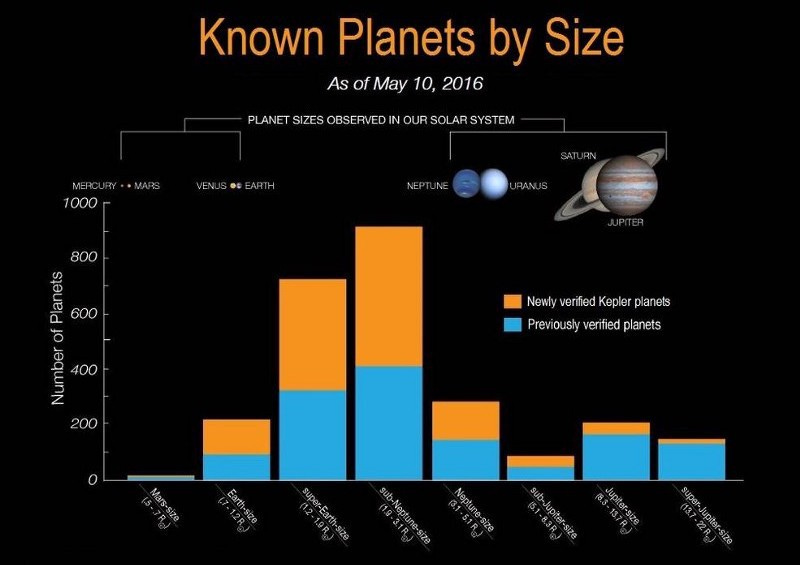
The category of planets called Sub/Mini-Neptunes are the most common type of planets in the galaxy. Understanding Uranus and Neptune is thus the key to understanding how a giant fraction of all planets form and behave. And the Falcon 9 is well positioned to enable just that.
Light and fast
Being able to send orbiters to Uranus, Neptune and Pluto isn’t the only advantage gained by the existence of Falcon Heavy. The Falcon Heavy can’t just launch heavy payloads, it can also shoot lighter payloads (like most planetary orbiters) into space really, really fast. The time taken to reach these outer solar system worlds can be cut down to 5–8 years instead of the 10–14 years it takes for other existing rockets.
Exploring the moons of Jupiter and Saturn
The relative closeness of Jupiter and Saturn mean that the Falcon Heavy can send far more heavier payloads into their respective systems. Good news is there are already two missions to Jupiter’s moons planned to launch in the 2020s onboard other rockets.
ESA’ Jupiter Icy Moon Explorer (JUICE) will be launched in 2022 and its primary goal is to orbit and study Jupiter’s moon Ganymede and assess its habitability, the only moon in the solar system with a magnetic field. NASA’s Europa Clipper mission will confirm the presence of the likely subsurface ocean on Jupiter’s moon Europa and evaluate the possibilities of Life in it.
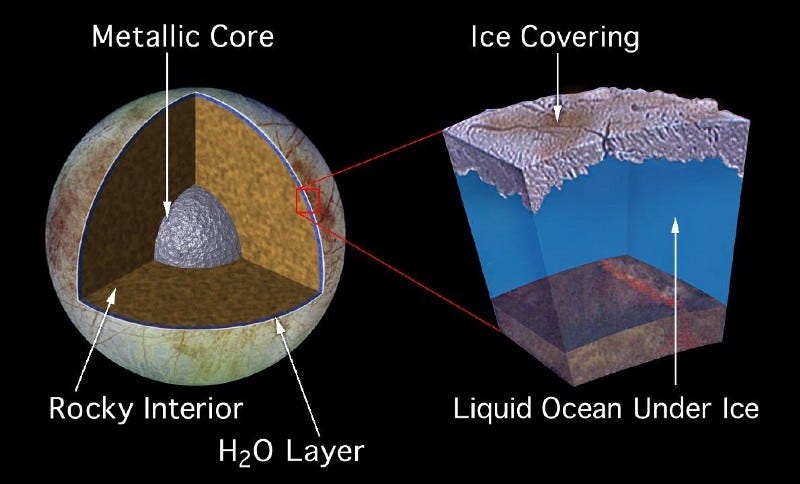
The capabilities of the Falcon Heavy could be utilized to add to the science value of these missions. The Falcon Heavy can be used to send not just advanced orbiters, but modestly heavy landers to both Europa and Ganymede due to its larger payload capacity.
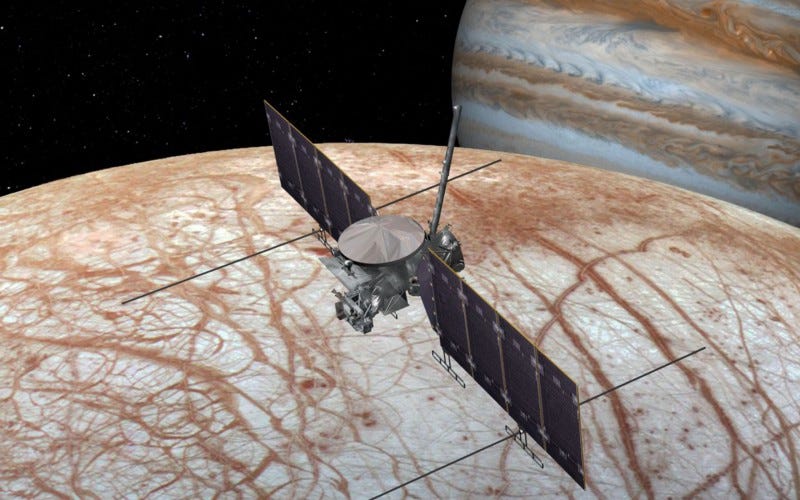
An orbiter to the Saturn’s geyser erupting moon Enceladus is also an intriguing possibility. Geysers have been detected erupting from Enceladus and the moon is also thought to house a vast ocean of water inside. It is therefore a strong candidate for the presence of Life in the outer solar system, which must be explored.
Cheap and repeatable
The Falcon Heavy is quite cheap for its capabilities, which is SpaceX’s biggest selling point. The fully expendable version costs $ 150 million. For comparison, ULA’s Delta-IV Heavy costs $ 350 million for less than half the payload capacity. The fact that the Falcon Heavy is also reusable (for lighter missions) can substantially lower the cost further. A reusable Falcon Heavy costs $ 90 million.
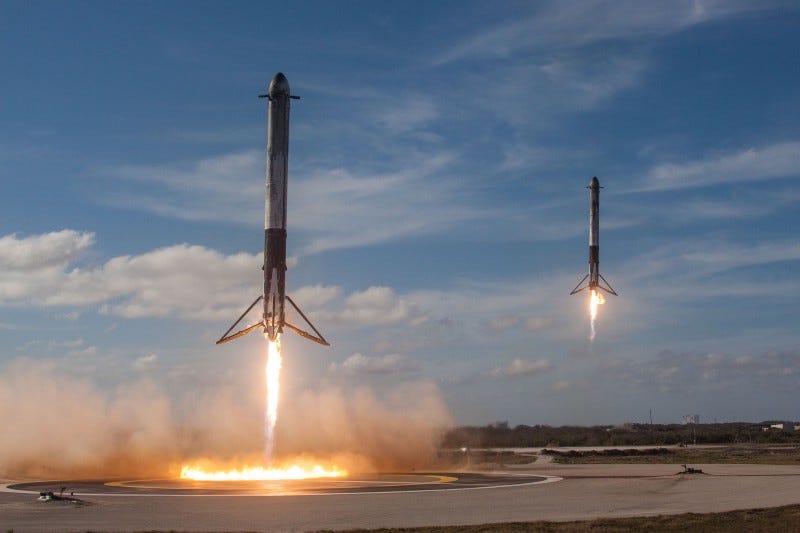
As the Planetary Society notes, the Falcon 9 is currently certified to launch only relatively lower budget science missions. Faster access and much cheaper launch costs for the either variants of the Falcon Heavy allows multiple such missions to be mounted to these outer solar system worlds.
Conclusion
The cost effectiveness of the Falcon Heavy combined with the faster access to the outer solar system worlds is a substantial change to the way we are used to doing things in space exploration. Science for the win!
If you have been falling in love with images of Jupiter and Saturn from Juno and Cassini respectively, you will fall in love with years worth of outer solar system imagery that the Falcon Heavy can enable.
I’m pretty excited to see heavy-lift rockets back in the space market. This is truly an exciting time for the space nerd in us.
